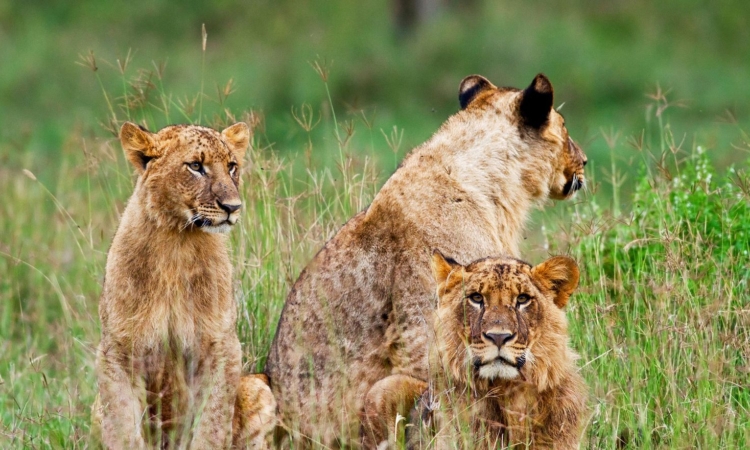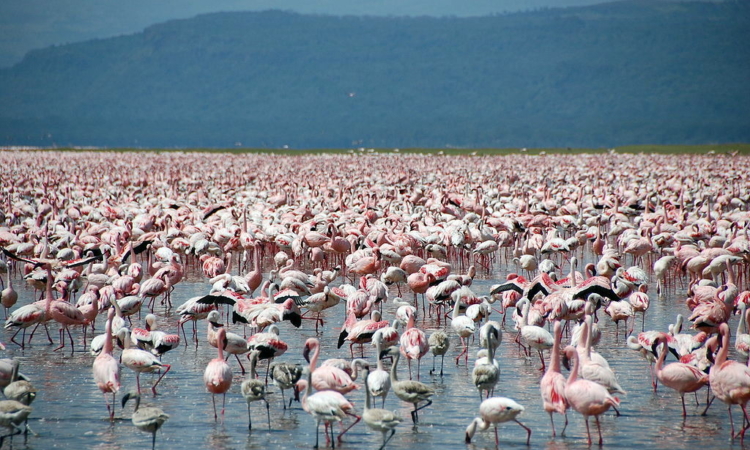Hyrax Hill Prehistoric Site is both an archaeological site and a national museum. It is located in Nakuru County, about 4 kilometers from the center of Nakuru town and just half a kilometer from Lake Nakuru. This hill is a very important place for learning about early human life and natural history in Kenya. It is one of the few places where people can learn about prehistoric settlements in the actual place where they were found.
The site has evidence of both Neolithic (New Stone Age) and Iron Age settlements. These remains show that people lived in this area a long time ago and help us understand how they lived, what they ate, and how they built their homes. Dr. Mary Leakey, a famous archaeologist, did important work here. Her excavations helped confirm the presence of a late Iron Age settlement. Later in the 1970s, more excavation work was done by Ron J. Clarke and J.C. Onyango Abuje.
Hyrax Hill Museum
The Hyrax Hill Museum is located about 400 meters from the Nairobi–Nakuru highway and about 152 kilometers from Nairobi. The museum is found on the eastern edge of Nakuru town, built on a lava rock hill that rises to 1,900 meters above sea level and stands 50 meters above the grasslands around it.
The hill is named after the many hyraxes (Procavia capensis) that live among its rocks. These small animals look like large rodents and are often seen sunbathing on the rocks. The hill and museum area cover about 59 hectares of land.
The site was first discovered in 1920 by Mrs. Selfe, a colonial farmer. The National Museums of Kenya later turned it into a museum and opened it to the public in 1965.
Today, the Hyrax Hill site is visited by school groups, researchers, and tourists. It is a great place to learn about ancient life in Kenya. Visitors can see old tools, pottery, and bones found at the site, and also enjoy peaceful views of the surrounding area.







